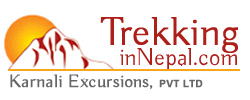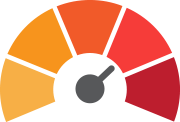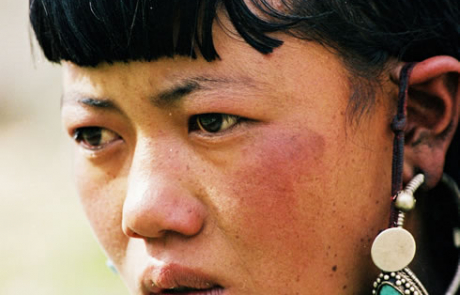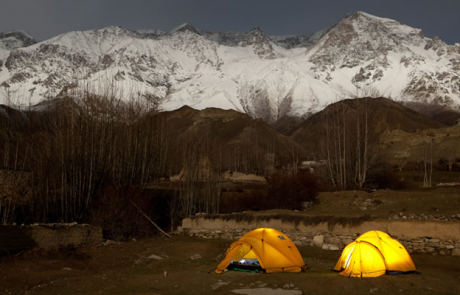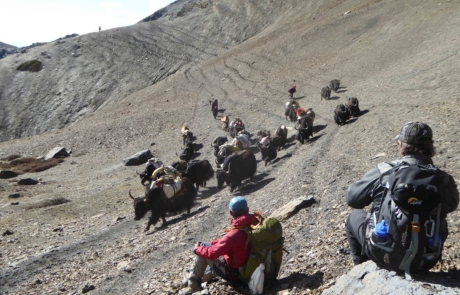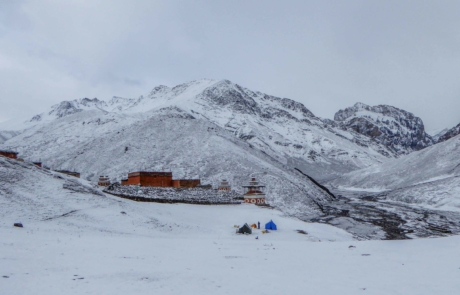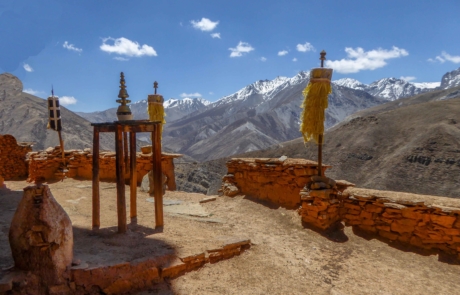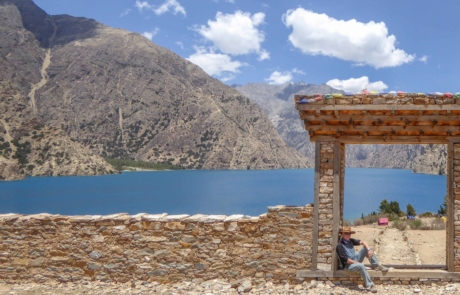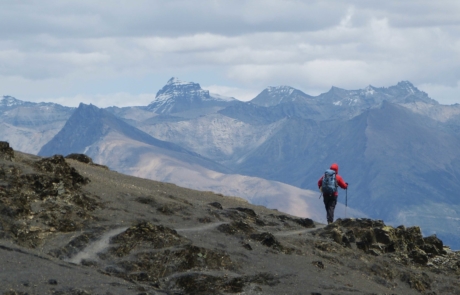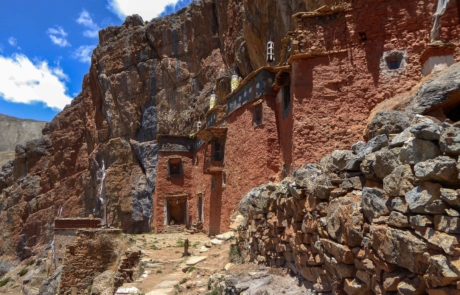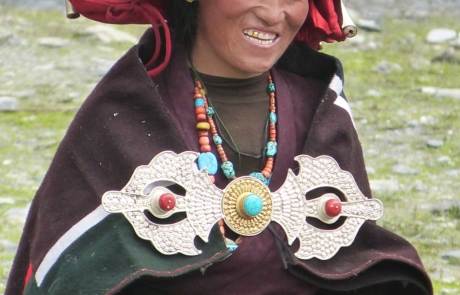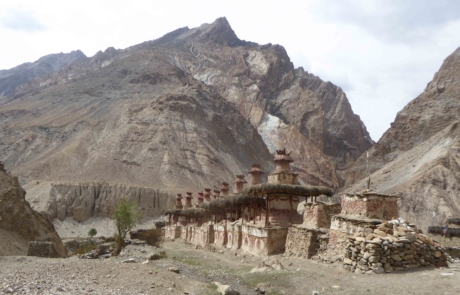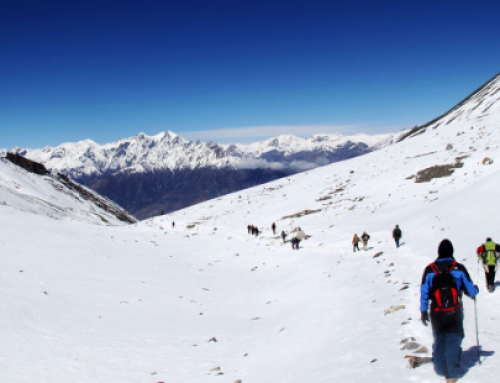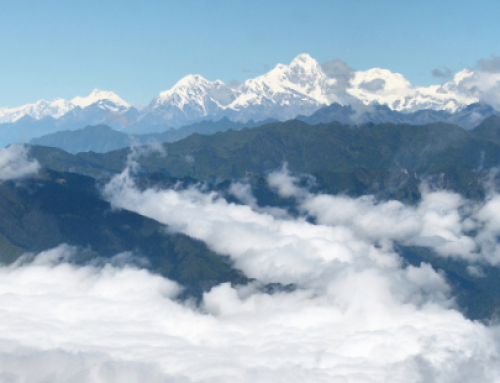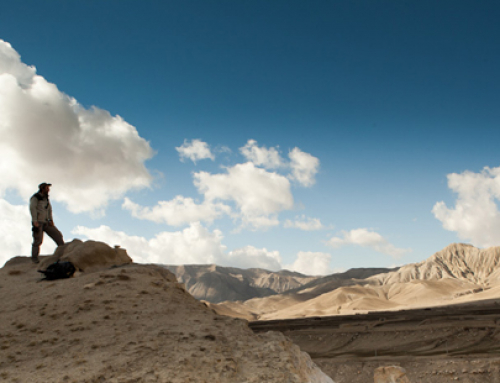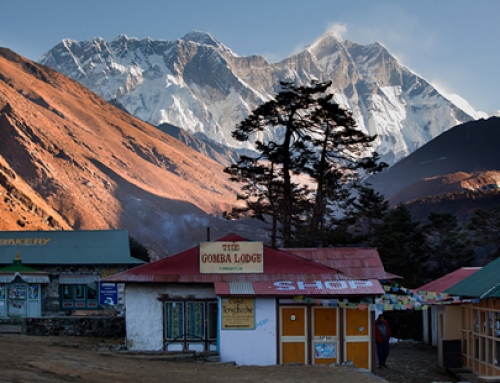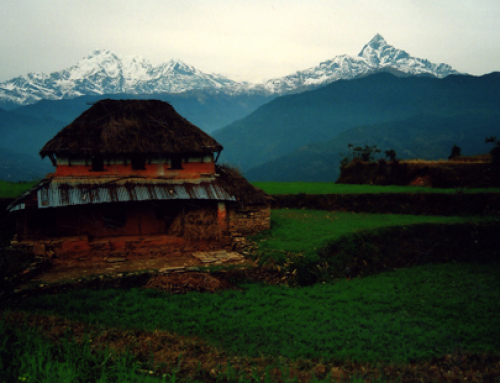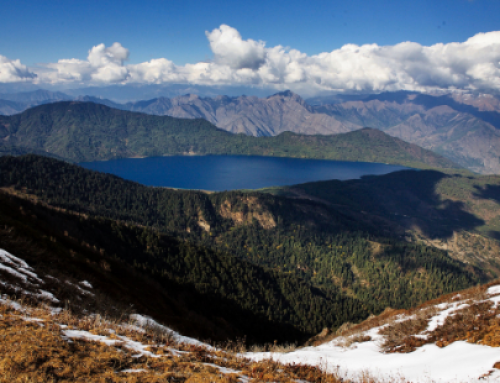Project Description
HIGHLIGHTS
-
Experience true Nepalese and Tibetan culture, tradition and warm hospitality
-
Breathtaking views of Kajiroba Peak and the Sisne Himalayan Range
-
Visit Shey Phoksundo Lake and experience its serenity
-
Explore Word Heritage Sites in Kathmandu
The Dolpo region is the most remote and least developed in the far western reaches of Nepal. The entire region was closed to trekkers until 1989.
Situated between the Tibetan plateau and the Dhaulagiri mountain range, this region is geographically like a southern extension of Tibet which lies within Nepal. In 1984, the Dolpo area was declared Nepal’s largest national park and conservation area. It is also in the rain shadow region of the two giants to the south making this a good all year round trek.
The Upper Dolpo trek starts from Jhupal village and continues for 20 days, with splendid views of the high Himalaya from the high 5,400 meter Numala pass and on to Phoksundo Lake and Ringmo village that lie within the Phoksundo National Park.
Ringmo is the highlight of the trek where the beauty of the deep blue waters of Phoksundo Lake is surrounded by the snow peaks of the Kanjiroba Himalayan range. There is time to visit the nearby isolated village of Ringmo and its monastery. Following the ancient Trans Himalayan Trade Route, our trek continues into the amazing region of Crystal Mountain at Shey Gomba, before heading back to Jhuphal and Jomsom and the flight back to Pokhara and onto Kathmandu.
TREK FEATURES
Total duration: Kathmandu-to-Kathmandu: 27 days
On the trek: 21 days
Max. Elevation: 5,120m
Trek difficulty: Strenuous and physically challenging
Trek style: Fully Camping Trek
Group size: Max. 12 plus a local trek leader
Min. 2 plus a local trek leader
Best months: April to October
Accommodation: Twin sharing hotel in Kathmandu and Nepalgunj, and tented camps during the trek
(B & B basis in Kathmandu and Full board in Nepalgunj and during trek)
Trip starts/Ends: In Kathmandu, Nepal
Trek leader: TBA
| ARRIVAL DATES | DEPARTURE DATES | PRICE | STATUS |
|---|---|---|---|
| Sunday 5 April, 2020 | Friday 1 May, 2020 | USD 5229 | AVAILABLE |
| Sunday 12 April, 2020 | Friday 8 May, 2020 | USD 5229 | AVAILABLE |
| Sunday 3 May, 2020 | Friday 29 May, 2020 | USD 5229 | AVAILABLE |
| Sunday 4 October, 2020 | Friday 30 October, 2020 | USD 5229 | AVAILABLE |
| Sunday 11 October, 2020 | Friday 6 November, 2020 | USD 5229 | AVAILABLE |

Inspire your friends and family members by sharing these amazing treks in the Himalaya.
